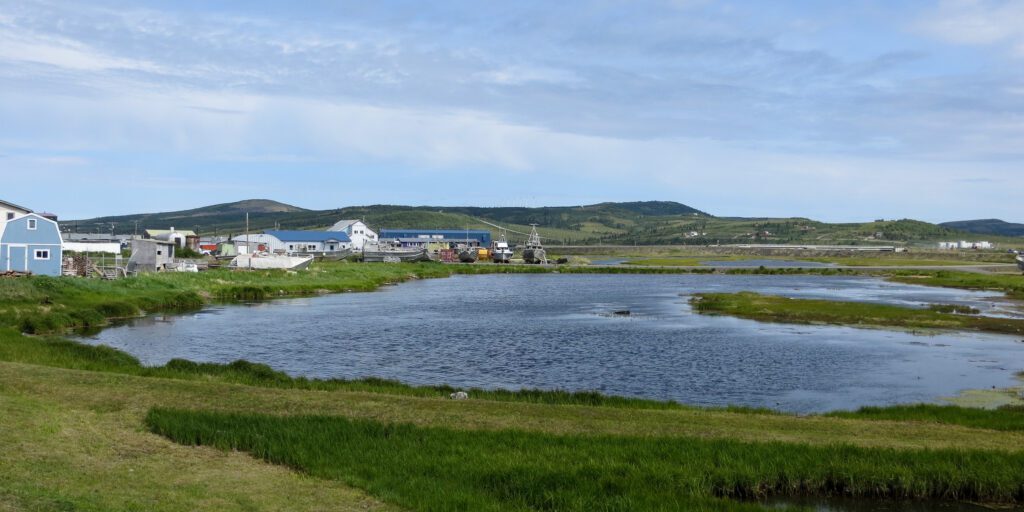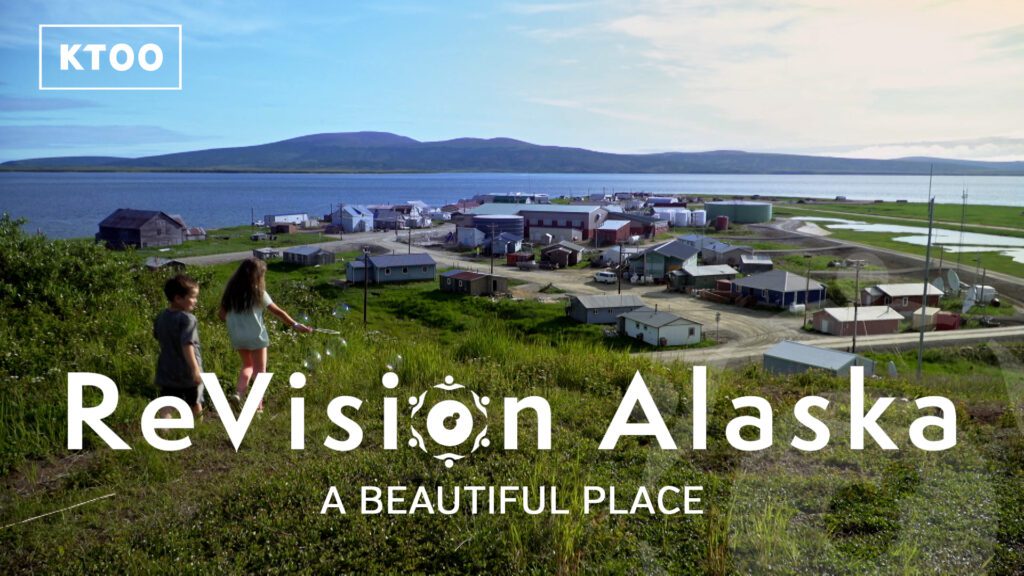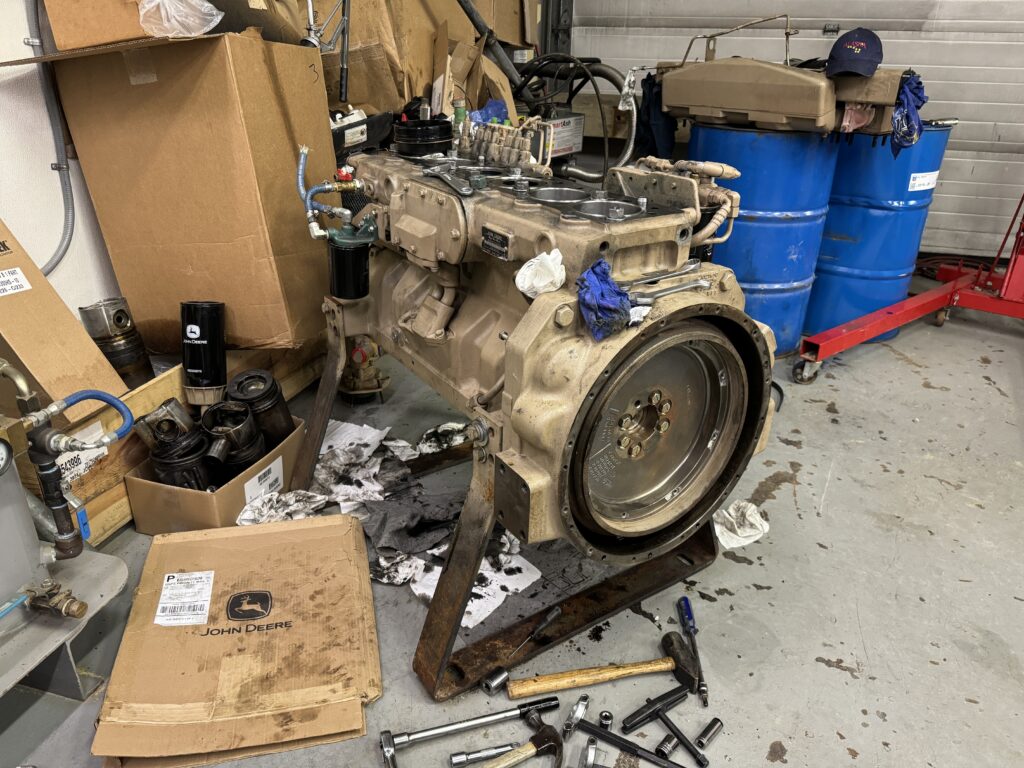Twenty-seven million dollars has been awarded to rural Alaskan communities and organizations for addressing rural sanitation issues. U.S. Department of Agriculture-Rural Development Under-Secretary Lisa Mensah made the announcement regarding the Water and Environmental Programs (WEP) loan and grant funding on Tuesday.
Tiffany Zulkosky, Vice President of Communications for the Yukon-Kuskokwim Health Corporation, was present to hear the news and express her support.
“It’s really exciting for the region and for Alaska as we look to improve water and sanitation services throughout rural communities that need access to basic utilities,” said Zulkosky over the phone.
The City of Bethel is acquiring almost $2.6 million through a loan and a grant from the USDA Rural Development agency to address the city’s waste water lagoon, which has not been dredged for 30 years. Bethel City Manager Ann Capela says the lagoon, one of the largest in North America, has lost its capacity for intake. With the new funding from the agency, Bethel will be able to purchase sewage evacuation trucks, dredge the lagoon, and build a service road that extends as a jetty to assist with waste purposes.
Unalakleet will receive the largest single grant on the USDA’s list: 6.6 million dollars to develop a new water source. Golovin will get an estimated $1.5 million for their water and sewer project. Saint Mary’s is acquiring $400,000 for water improvement and to expand the amount of waste heat it can recover. Anvik, Kivalina, Mountain Village, Marshall, and others are receiving less than $100,000 each for a Preliminary Engineering Review & Environmental Report.
Larry Yerich is the Public Information Coordinator for USDA Rural Development for the State. He says the preliminary review can help communities receive more grant money from the agency in the future.
Yerich explained, “preliminary planning funding assists low-income communities who are eligible with the initial planning and development of an application to USDA Rural Development for water and waste water or waste disposal direct loans and/or grants and loan guarantee programs.”
Altogether, the USDA Rural Development has invested more than $2 billion in 226 rural Alaskan communities since 2009. Yerich says this funding would not be possible without collaboration between rural and urban Alaskans.
According to the Alaska Department of Environmental Conservation, 85 percent of rural Alaskan homes have running water, which is about a 50% increase since 1994.







